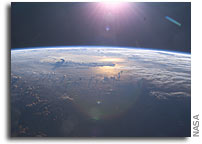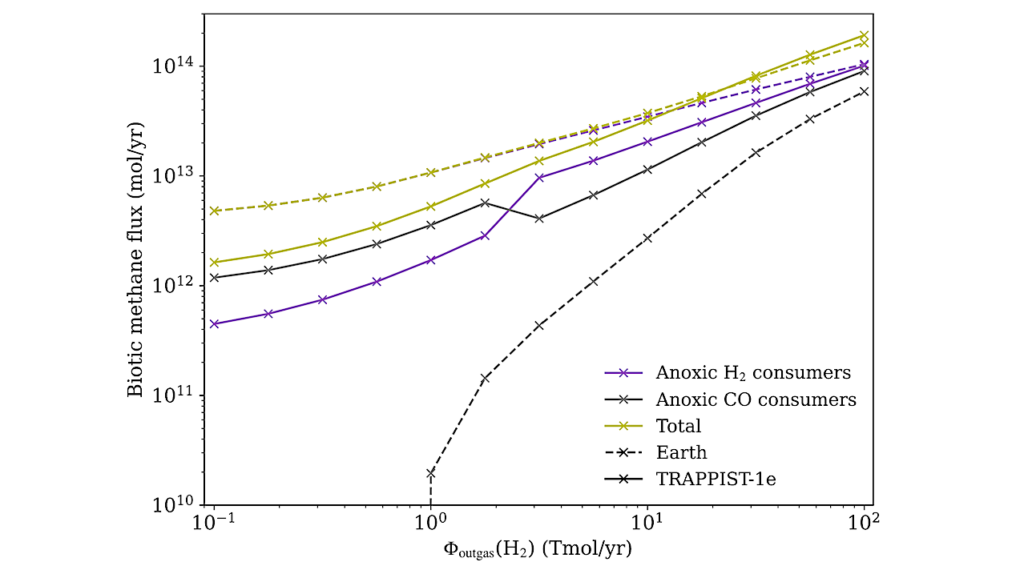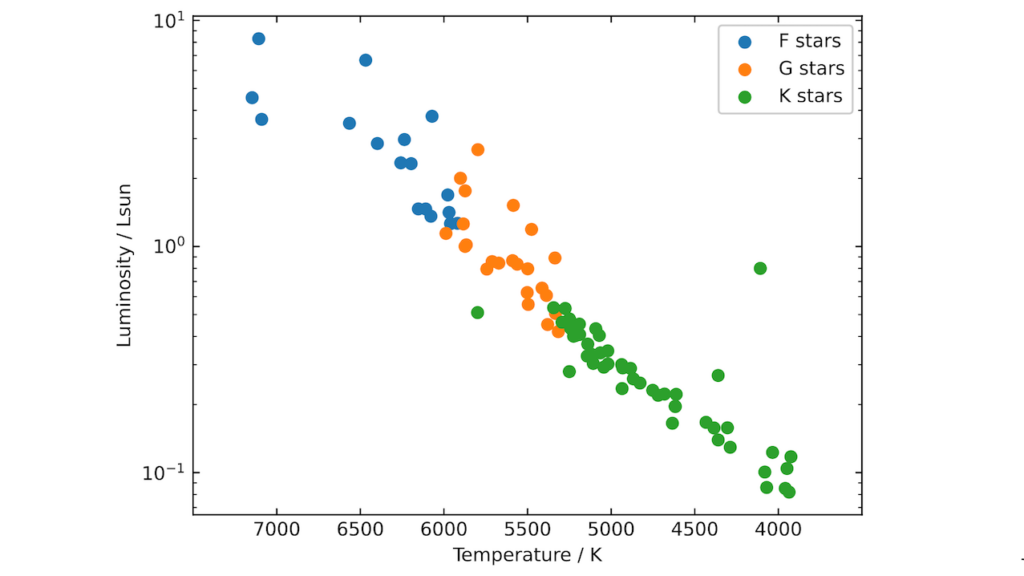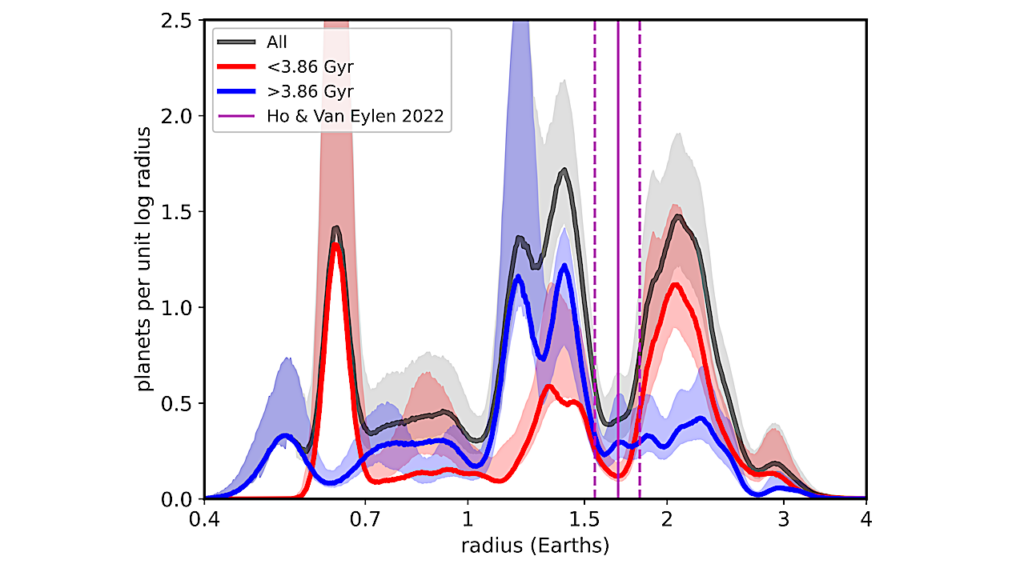Solving a Temperature Mystery on Extrasolar Planets

Astrobiologists supported by the NASA Astrobiology Institute have found that a peculiar feature in the atmosphere of Earth could also be present on billions of extrasolar planets.
The new findings will help in the search for habitable worlds beyond our solar system.
On Earth, it has long been known that the atmosphere grows colder and thinner the further you get from the planet’s surface. However, in 1902, scientist Leon Teisserenc de Bort used balloons to discover a unique region of the atmosphere (at about 40,000 to 50,000 feet) where the air actually starts getting warmer again. This region is called the ‘tropopause,’ and it separates the troposphere from the stratosphere.
The tropopause is not unique to Earth. Robotic missions in our solar system have now discovered the same phenomenon on Jupiter, Saturn, Uranus, Neptune, and Saturn’s moon Titan.
Astrobiologists at the University of Washington’s Virtual Planetary Laboratory used physics to explain how the tropopause is formed. Their work suggests that this feature is common to planets with thick atmospheres. The findings could be used to estimate temperature and pressure at the surface of planets, helping astrobiologists understand their potential habitability.
The paper, “Common 0.1bar tropopause in thick atmospheres set by pressure-dependent infrared transparency,” was published online in December, 2013, in the journal Nature Geoscience (Volume 7, 12-15).








